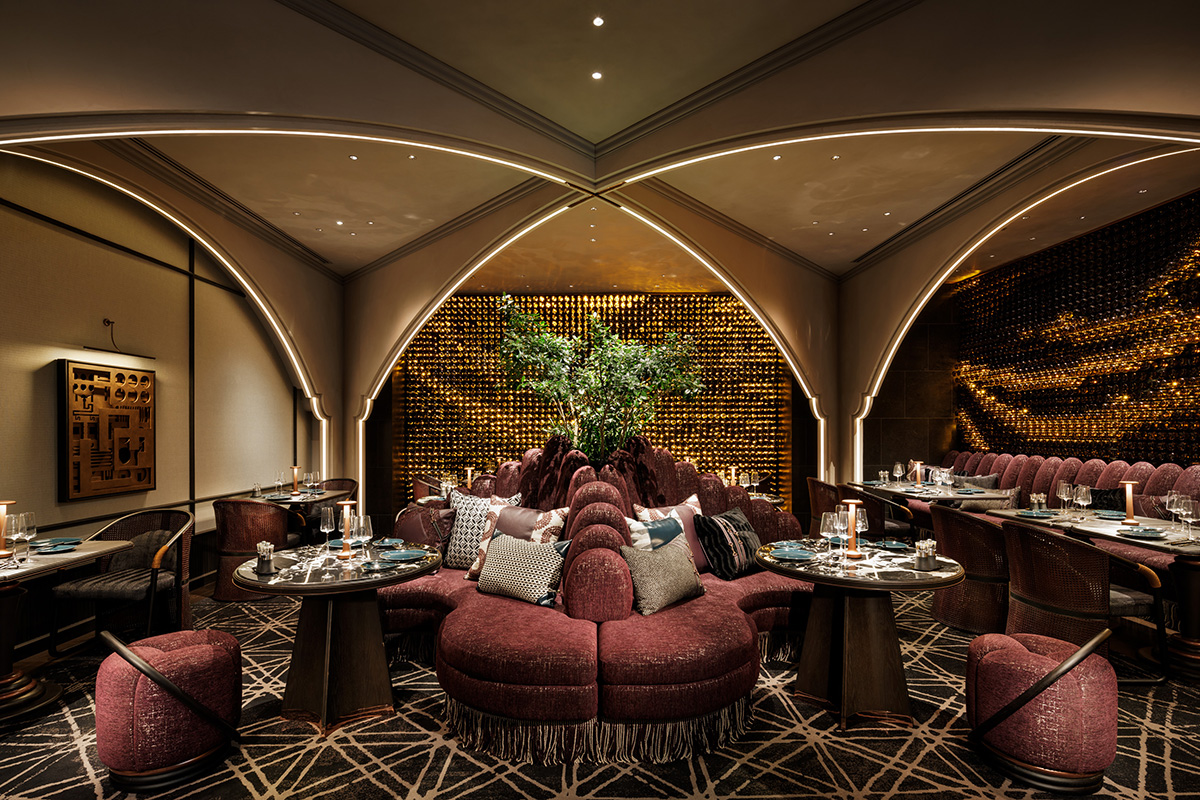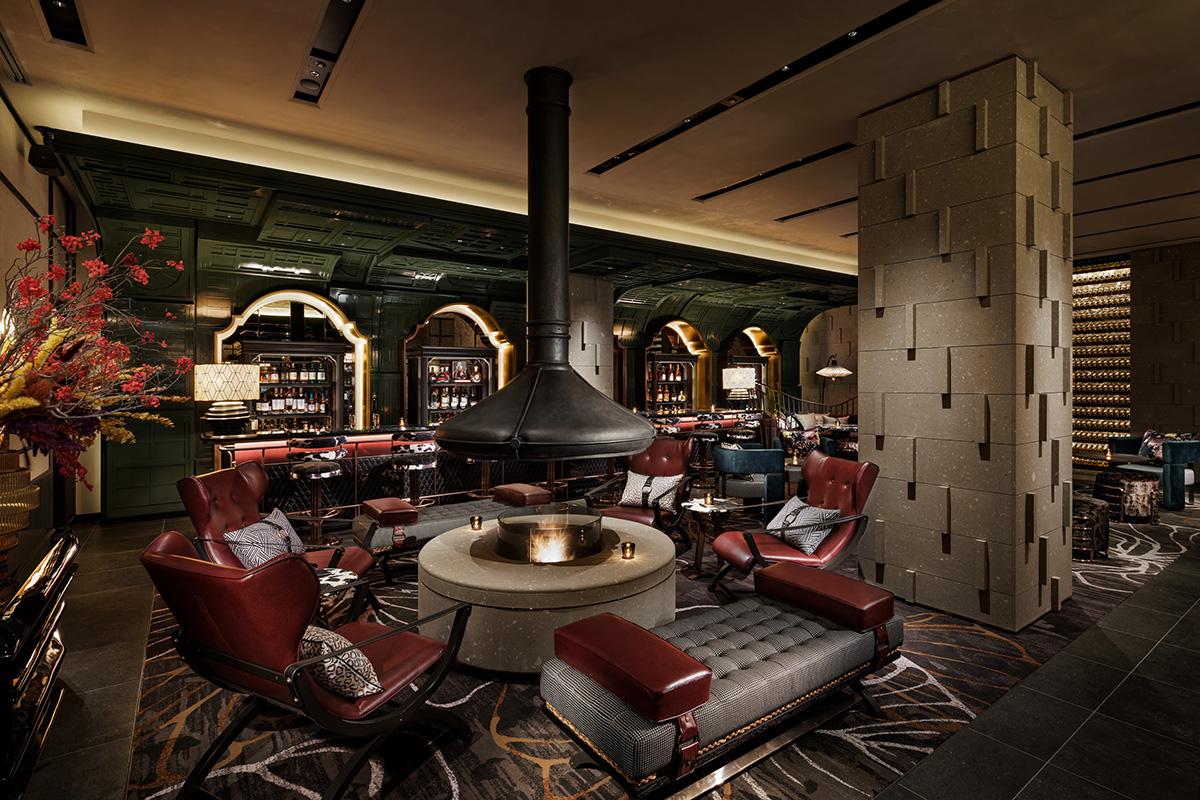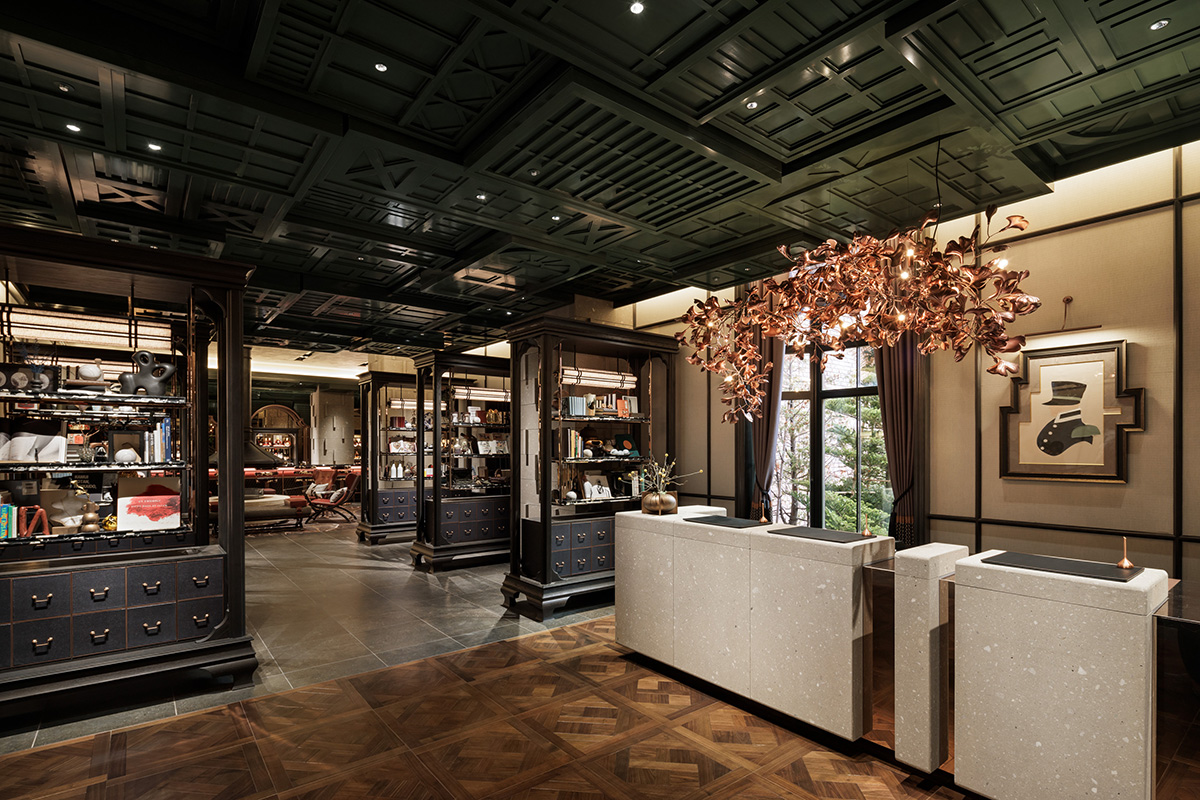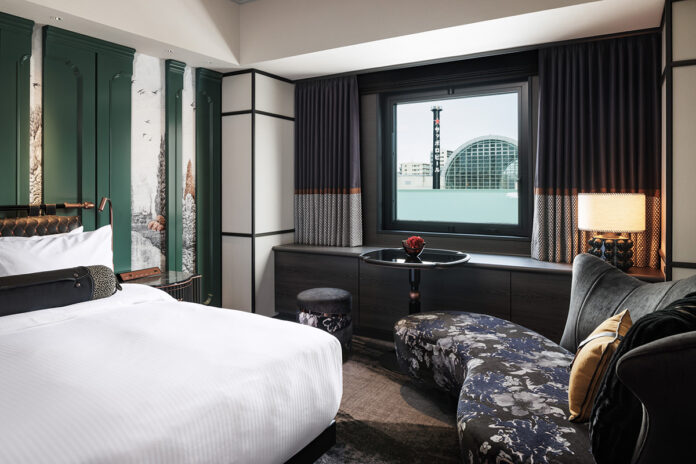On the island of Hokkaido, Japan’s fifth largest city welcomed the latest addition to the Accor Group’s MGallery Collection in January 2024. Set in the Sosei East neighborhood, where the cultural heritage was as present as ever, Hotel Sosei Sapporo exalted Japanese tradition while integrating discreet touches of modernity and character. An eclectic mix for a destination that offered a complete getaway sensation.

Nestled between mountains and sea, historic Sapporo claimed the second prize for a snowiest city in the world. This was one of the reasons why the Winter Olympic Games were held there in 1972. Daily life followed the rhythm of the four seasons. The architecture was widely inspired by the West. As for the natural heritage, it largely contributed to the renown of this prefectural capital. In winter, locals enjoyed many activities (including the essential ice sculpture contest). When sunny days arrived, the population flocked to the many downtown parks to admire the trees in blossom.
Established in a private residence in the pioneer district, Hotel Sosei Sapporo paid tribute to Japanese traditions, right from the entrance. This was where the hotel’s iconic object was given pride of place: a three-dimensional sculpture by local artist Rie Kawakami, symbolizing wild hop (a flowering perennial plant). Here and there, the symbol of hamanasu (a Japanese rose used in perfumery) accentuated the artisanal savoir-faire. But the site particularly showcased historic breweries. In the bar, the fireplace was inspired by the curves of ancient copper beer kilns. Guests could enjoy Sapporo beer, as well as Hokkaido wines and locally brewed sake. Creating a warm ambiance, the signature color palette embellished the space with peaceful green or deep violet.

Hotel Sosei Sapporo featured 118 rooms. The lighting was soft and the atmosphere blossomed with large bouquets of colorful flowers. Here, the surrounding nature could be found on the walls, with Japanese paintings that recreated the history of the location. Traditional elements were balanced by pieces inspired by furniture imported to Hokkaido in the 19th century. In the bathroom, bath salts made from hop (also called “sleeping grass”) diffused a deliciously crisp scent. Ideal to sink into the unparalleled delight of a bubble bath before slipping between the sheets.

Sapporo, the birthplace of Japanese beer, continued this legacy during those times. While references to this tradition could be found throughout the hotel, it was in the restaurant that one could truly explore this universe. In this gastronomic eatery, the decoration was inspired by old German breweries. On the menu? Local culinary dishes, such as ramen, mushroom and onion soup, or jingisukan, a grilled lamb dish. But also a wide selection of fish, purchased at the fish auctions at the sprawling city market – an age-old practice still appreciated during those days.
Discover more from SNAP TASTE
Subscribe to get the latest posts sent to your email.



